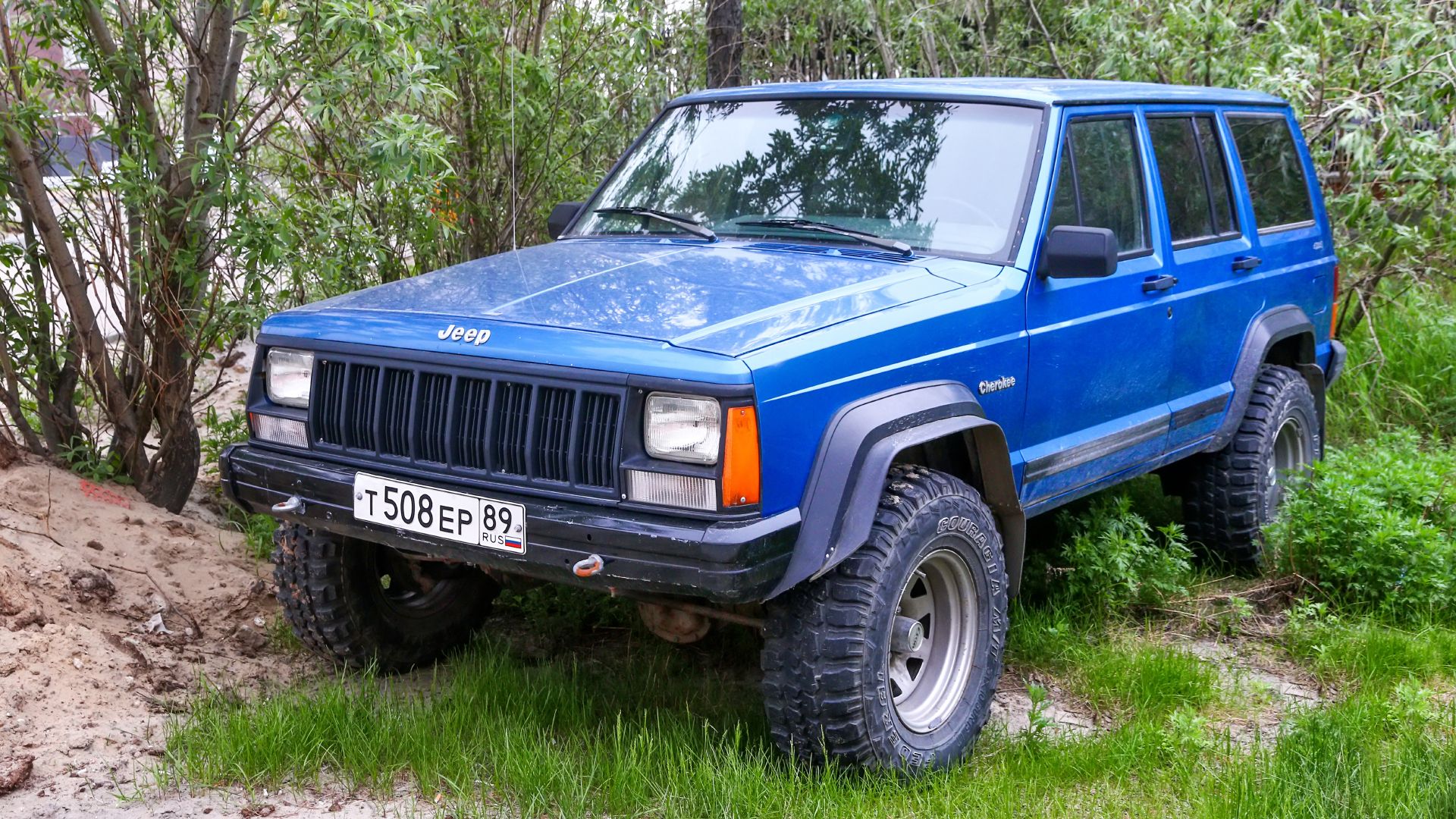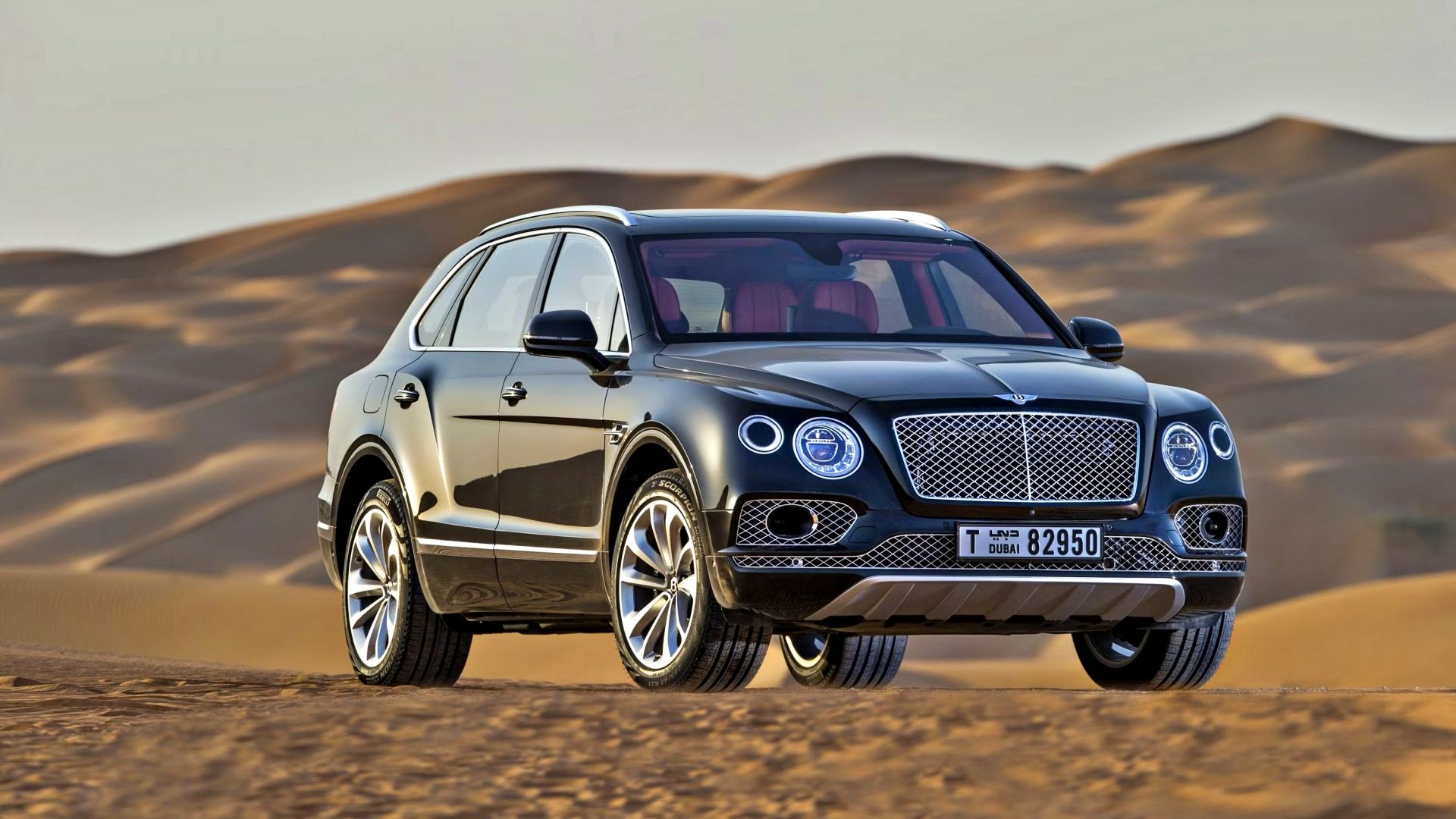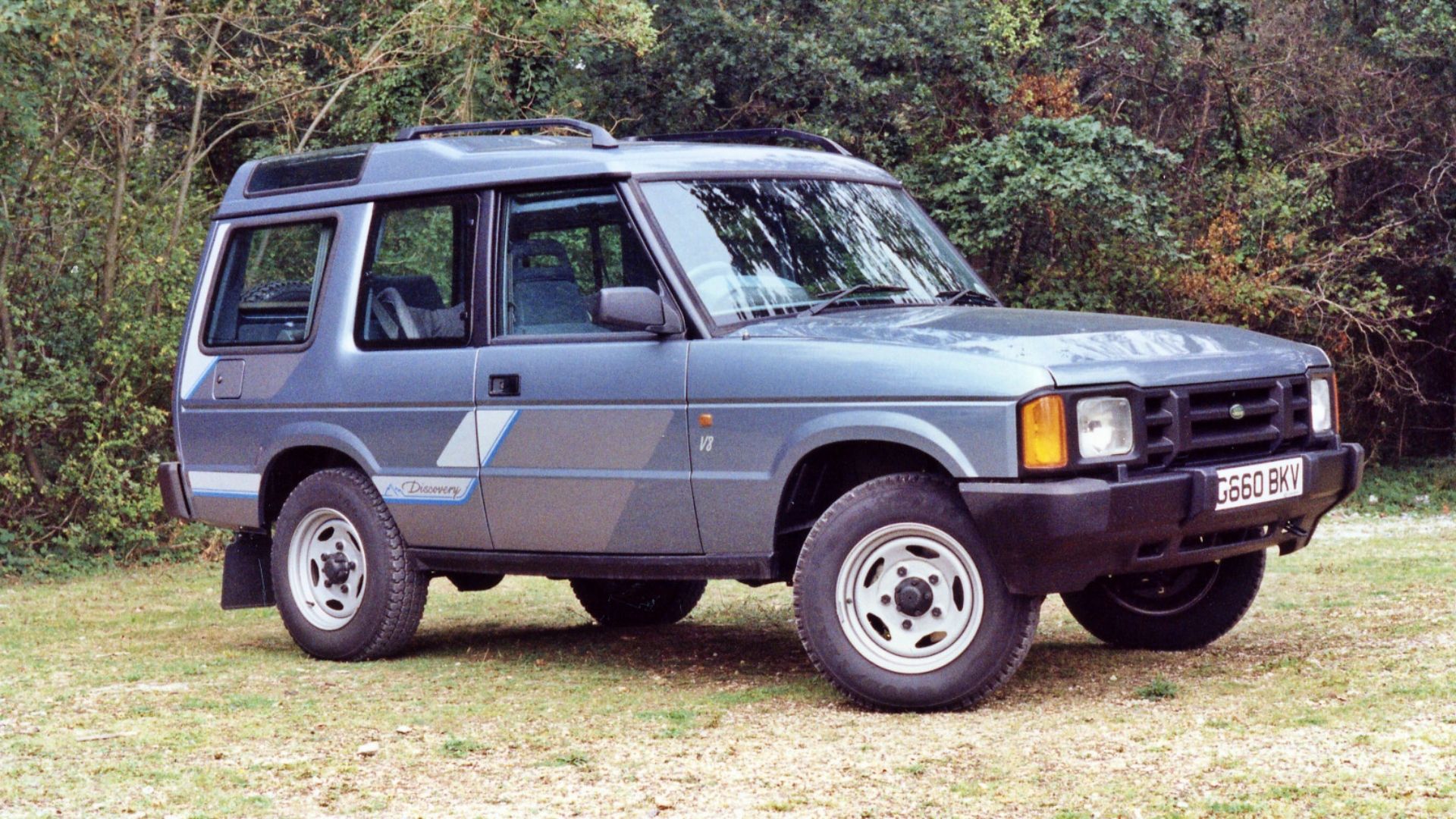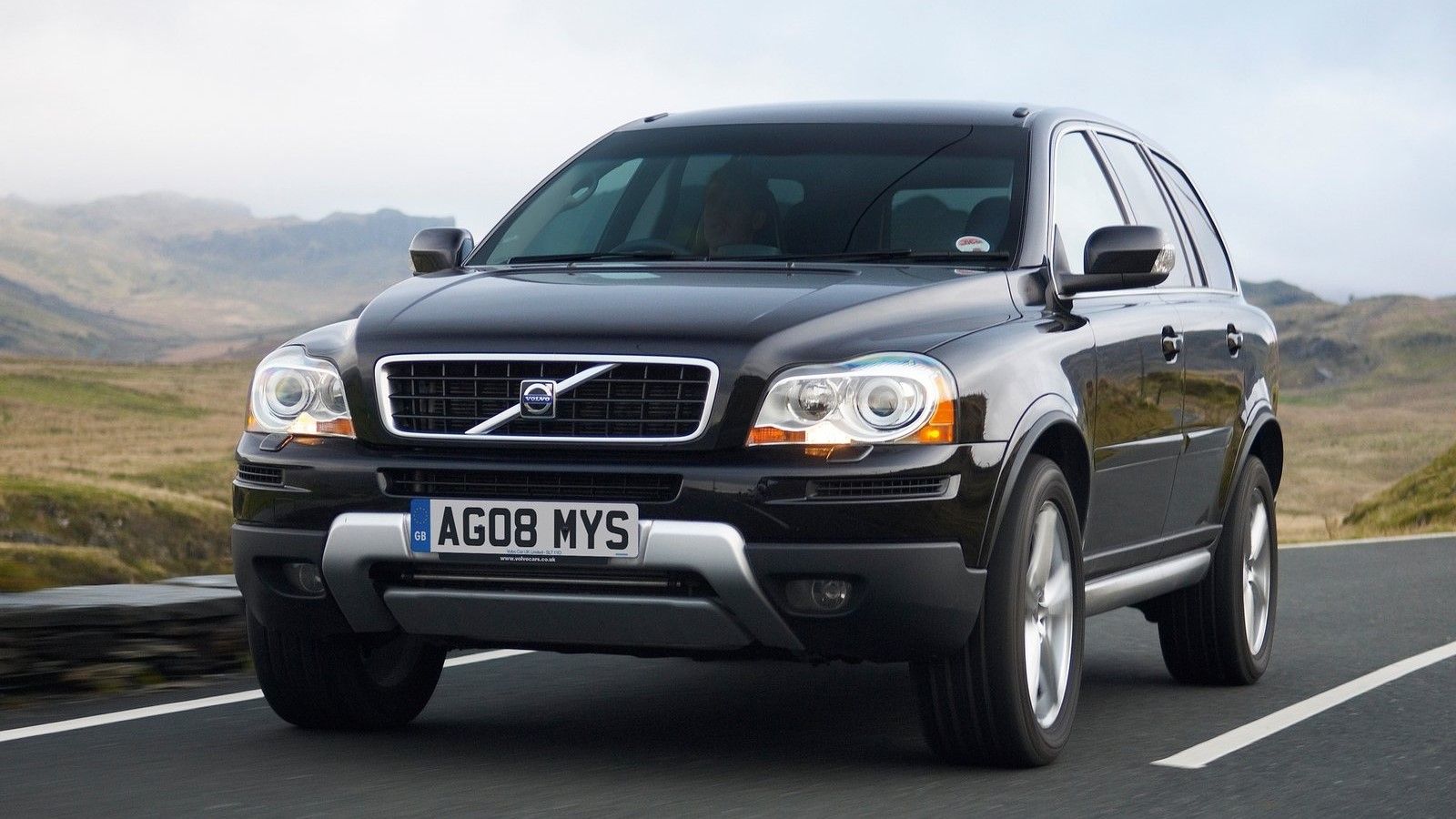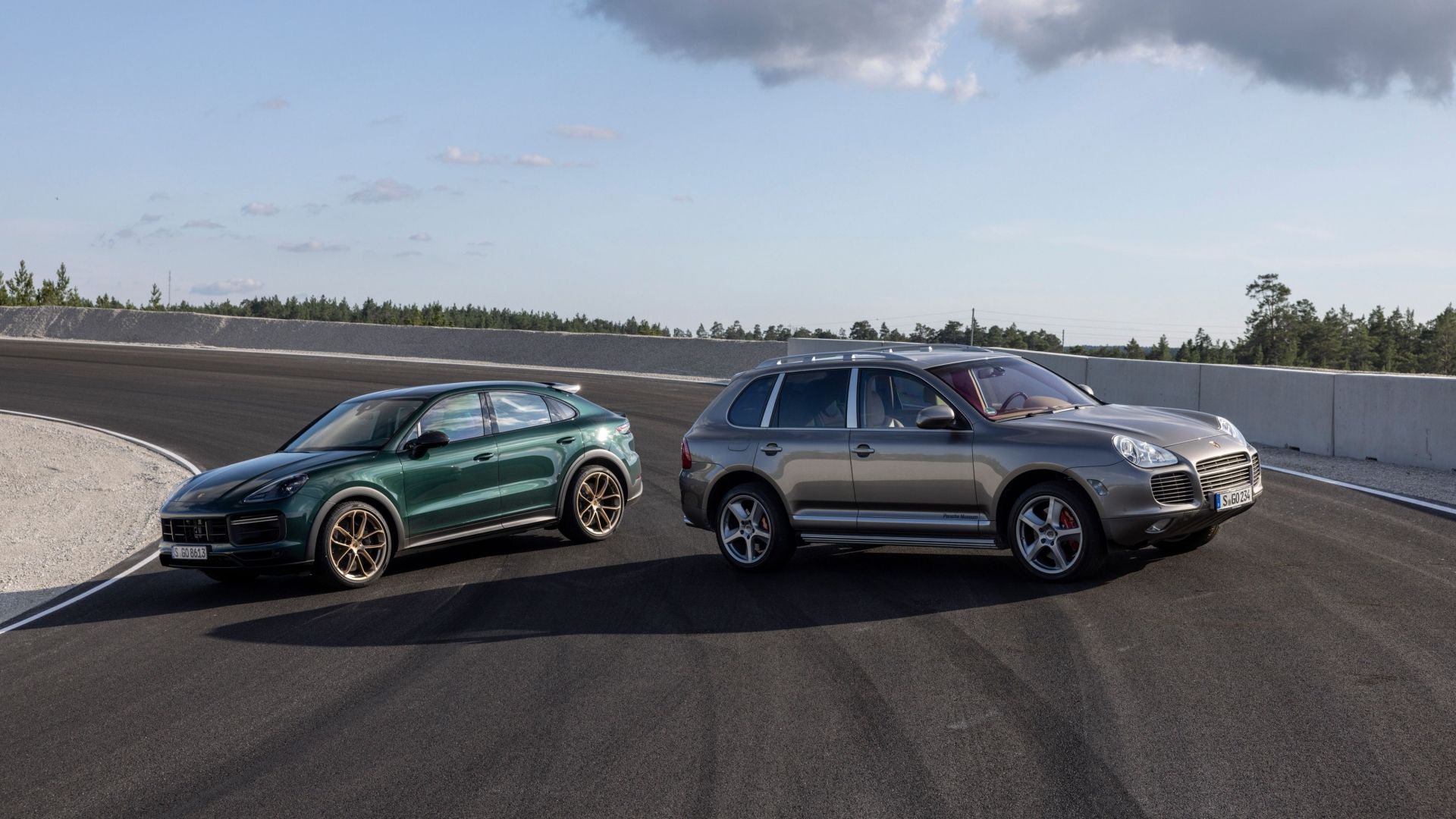Running a car company is not easy. Elon Musk tweeted in March 2021 that the only American car manufacturers not to have ever gone bankrupt among the 1,000s of startups are Ford & Tesla. Times have shown that market forces can take out huge car companies – the 2008 financial crisis nearly crippled the American auto industry, with the big three manufacturers needing government bailouts or loans to survive.
Most of the big automakers have faced the prospect of complete collapse. Fortune has favored some of them, with salvation coming from one or more of the manufacturer’s car models. Unbeknownst to many, some of the world’s top car companies were saved by their SUV offerings. Here are 10 SUVs that saved some of the biggest automakers.
10 Nissan Qashqai
In the late 90s, it looked like Nissan wouldn’t survive beyond the turn of the millennium. The company’s fortunes changed when Renault invested $5.4 billion in Nissan, acquiring a 37 percent stake. Given free rein at Nissan to turn the company around, Carlos Ghosn slashed costs, shutting down inefficient factories in Japan, laying off personnel, and restructuring deals with suppliers. The aggressive plan worked, with Nissan regaining profitability fairly rapidly.
To reclaim its 70s glory days, Nissan needed a car to outsell its rivals. An attempt at new generation Almera failed, as Nissan’s hierarchy realized it wouldn’t be as profitable as required nor satisfy customer demands.
Therefore, Nissan debuted an audacious concept, the Qashqai, a blend between a hatchback and a SUV. Despite being affordable, compact, and designed for family use, the Qashqai represented a huge risk for Nissan. However, the Qashqai defied bleak predictions by the media. Primarily manufactured in Sunderland, U.K., the Qashqai became a global sensation: by 2017, Nissan had sold 3.3 million units. The vehicle’s stunning success helped Nissan reestablish itself as one of the world’s leading automakers.
9 Ford Escape
Unlike its competitors, GM and Chrysler, Ford didn’t need government money to survive the 2008 recession. It borrowed money, sold brands like Land Rover, Aston Martin, and Volvo, and improved its most profitable vehicles, making them more fuel efficient without compromising their capabilities. Despite Ford forgoing investments in crossovers, the Ford Escape unexpectedly proved essential in Ford’s ascent to profitability.
In 2011, the Ford Escape, which had received minimal upgrades since its debut in 2001, was the top-selling SUV in America, with Ford moving over 200,000 units. It ranked second behind the F-series on the list of top-selling Fords. A year later, Ford released the third-generation Escape, which proved even more popular than the second-gen: sales peaked at over 308,000 in 2017. Ford Escape sales have dropped steadily since that high. Nevertheless, the Escape will forever be remembered as an unlikely hero for Ford during one of the company’s lowest ebbs.
8 Jeep Cherokee XJ
In the late 1960s, Jeep was struggling under the stewardship of Kaiser Motors. Its flagship car, the Wagoneer SJ, was either underpowered when purchased with a 4.2-liter engine or too thirsty when sold with a 5.9-liter or 6.6-liter V-8. American Motors Corporation (AMC) bought Jeep in 1970 and, with investment from Renault, set about designing a replacement for the SJ.
Dick Teague and Francois Castaing built the Cherokee XJ, whose impact reverberated across the automotive industry. It was a light, powerful, fuel-efficient, and family-friendly SUV that felt at home off-road and on paved roads. The Cherokee XJ was an overwhelming success, winning favor with automotive media outlets and the American public. The XJ re-established Jeep as a brand worth owning. Chrysler’s then-chairman, Lee Iacocca, bid for and acquired AMC, particularly due to the monumental success of the Cherokee XJ.
7 Aston Martin DBX
Aston Martin has faced extinction numerous times but has always found a way to survive, like a cat with its proverbial nine lives. The company started selling the DBX around the time a consortium led by Lawrence Stroll acquired the company. Stroll’s strategy to make Aston Martin profitable involved charging higher for vehicles and cutting the brand’s debt.
Aston Martin DBX sales would also prove crucial in the company’s revival. The manufacturer’s first SUV is its most popular vehicle. The vehicle accounted for half of Aston Martin’s sales in 2022, a year that saw Aston Martin’s sales rise 26 percent to 1.4 billion. Aston Martin has yet to regain profitability, but the company is optimistic that the plan will pay off. The DBX has played and will keep playing a crucial part in Aston Martin’s resurgence.
6 Bentley Bentayga
Bentley, a Volkswagen subsidiary, was necessarily in need of ‘saving’ when it launched the Bentayga – it had recovered well from the late 2000s slump. Nevertheless, it needed to sell more vehicles. Therefore, it introduced the Bentley Bentayga, a luxury SUV that would help Bentley break its sales records. The Bentayga would also expose Bentley to a younger demographic.
Within a year, the Bentayga established itself as Bentley’s main draw, significantly outselling the manufacturer’s other offerings. Bentayga sales shielded Bentley from the effects of the coronavirus pandemic, which caused a 15 percent drop in new car sales in 2020. That year, Bentley delivered over 11,206 vehicles, a two percent increase from 2019, with the Bentayga forming the bulk of those deliveries. In 2022, the Bentayga accounted for 42 percent of Bentley’s sales, helping the manufacturer sell over 15,000 cars in a year for the first time since its founding in 1919.
5 Proton X70
Proton, a Malaysian car company, was barely alive in 2017 when it sold a 49.9 percent stake to Geely. The government had given up trying to save the company. Despite protests from Malaysian nationals that a national brand had been sold to a foreign company, efforts to revive the once-storied brand began. CEO Li Chunrong introduced several cost-cutting measures, and the company began developing the Proton X70 SUV.
The X70 SUV rejuvenated Proton. Cheap yet spacious and technologically up-to-date, the Proton X70 was a big hit. Since 2019, the Proton X70 has occupied the top spot as Malaysia’s best-selling C-segment SUV. X70 sales increased by 13.1 percent from 2021 to 2022. The X70’s high sales inspired the development of other successful Proton SUVs – the X50 and the X90. The X50 was Malaysia’s best-selling SUV in 2022.
4 Jeep Wrangler JK
When Chrysler acquired Jeep in the late 1980s, it was strapped for cash and looked to profit from the Cherokee XJ’s impressive sales. In 2008, Chrysler, one of the three biggest automakers in the U.S., faced complete collapse. Despite getting help from the government, Chrysler needed huge sales to claw its way out of trouble. In stepped the Jeep Wrangler JK.
The most successful Jeep Wrangler generation debuted in 2006 with the 2007 model. It outsold the previous-gen 2006 model by nearly 50 percent. It maintained its popularity with the American public until the last one rolled off the production line in 2018 – Jeep sold around 180,000 Wrangler JK’s annually. The Wrangler proved pivotal in Chrysler’s renaissance.
3 Land Rover Discovery
The most famous Land Rover is arguably the Defender. However, Land Rover owes its success as much to the Defender as the Discovery. The Discovery was the first model that Land Rover developed for the wider public. It was based on the Range Rover, with both vehicles using the same chassis, 4WD system, and suspension.
In many ways, the Discovery was a precursor to the modern crossover. It was advertised as a family car capable of occasional off-roading. It had the off-road capabilities of a Range Rover but was cheaper and more spacious than the upmarket Range. The Discovery was a hit, offering Land Rover the finances to keep building vehicles.
2 Volvo XC90
Volvo was under Ford ownership when the XC90 debuted in the early 2000s. It wasn’t until eight years later that the XC90 proved crucial to the automaker’s success. Following the 2008 financial crisis, Ford sold Volvo to Geely, which, unlike Ford, allowed Volvo technicians to develop the XC90 from scratch. Volvo worked on the second-generation XC90 for five years.
The Swedish manufacturer released the XC90 in 2015. The resources poured into the vehicle’s development paid off – the motoring world praised its design, powertrain, cost, and safety features. Customers responded by buying the vehicle in droves. The XC90 highlighted Volvo’s pedigree as a carmaker and guaranteed its survival in the car world.
1 Porsche Cayenne
In the early 1990s, Porsche recorded heavy losses. Looking to capitalize on the rising demand for small sports cars, the German manufacturer introduced the Boxster. The Boxster steadied the ship, offering time for Porsche’s higher-ups to dream up the idea of the Cayenne, a sports SUV. The idea was novel and absolutely brilliant.
The groundbreaking Cayenne was an instant hit. Porsche had expected to sell 25,000 examples annually; the first-generation Cayenne’s annual average sales were just under 35,000. The Cayenne was a masterstroke from Porsche that helped it regain its footing in the car industry. While some claim that the Boxster was the car that kept Porsche afloat, there’s no disputing the Cayenne’s pivotal role in Porsche’s revival.


